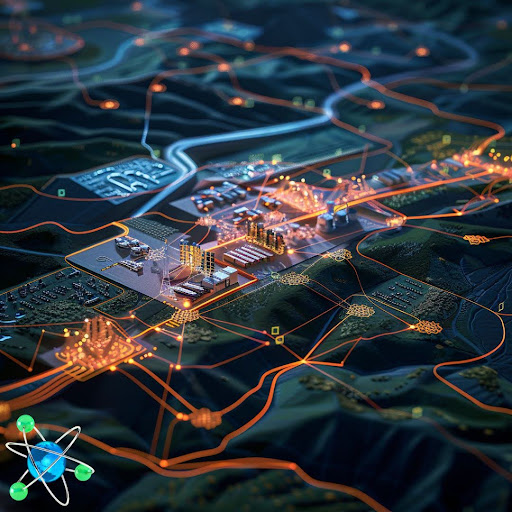
Advancing in the nuclear energy sector, a pioneering initiative is propelling the Natrium technology forward, a state-of-the-art nuclear reactor design that harmonizes a 345 MWe sodium-cooled fast reactor with high-assay low-enriched uranium fuel. This revolutionary reactor system is enhanced by a molten salt-based energy storage solution, designed to boost the system’s output to 500 MWe for over five and a half hours to meet peak demand periods.
Location and Construction Insights
Selected for its strategic position near a retiring coal plant, this project in Kemmerer, Wyoming, marks a significant shift from traditional fossil fuels to cleaner, nuclear energy alternatives. Non-nuclear construction is slated to begin this summer, with the nuclear phase set to kick off following the necessary regulatory nods, aiming to establish a fully operational commercial power plant.
Regulatory Pathway
Engagement with regulatory bodies through pre-application discussions has been a key focus, aiming for a comprehensive and quality regulatory submission. The pathway towards regulatory approval is in progress, with anticipations high for a smooth transition to nuclear construction upon authorization.
Vision and Collaboration
The project champions a vision that sees the Natrium reactor as transformative in redefining nuclear energy’s role within the power grid. There’s a strong emphasis on partnership with local communities, government representatives, and regulatory agencies to ensure successful project integration and execution.
Supply Chain Development
To support the advanced nuclear supply chain in North America, the project has initiated further contracts with essential suppliers for the reactor’s development. These suppliers are tasked with providing specialized design, fabrication, and testing services that meet the unique specifications of the reactor.
Concurrent Regulatory Reviews
As this project forges ahead with its innovative technology, regulatory bodies are concurrently reviewing other advanced non-light water reactor designs. This includes various advanced test reactors and a molten salt research reactor, which, while not commercial, aim to contribute to the electricity grid.
In summary, this innovative nuclear project represents a significant leap forward in the pursuit of sustainable, stable, and efficient energy solutions. With a focus on securing regulatory approval and enhancing the nuclear supply chain, the initiative is set to make substantial contributions to the future of clean power generation.
